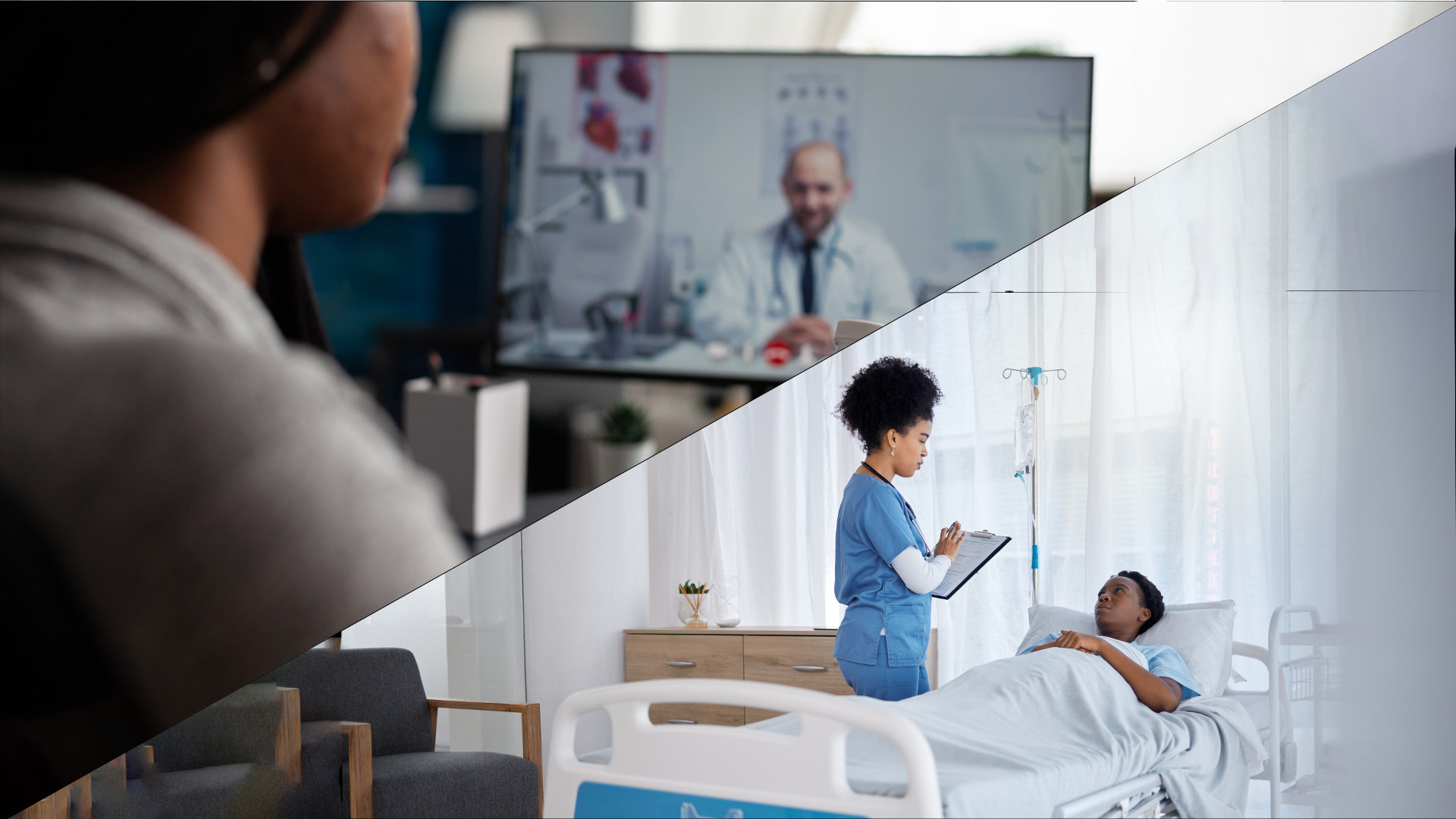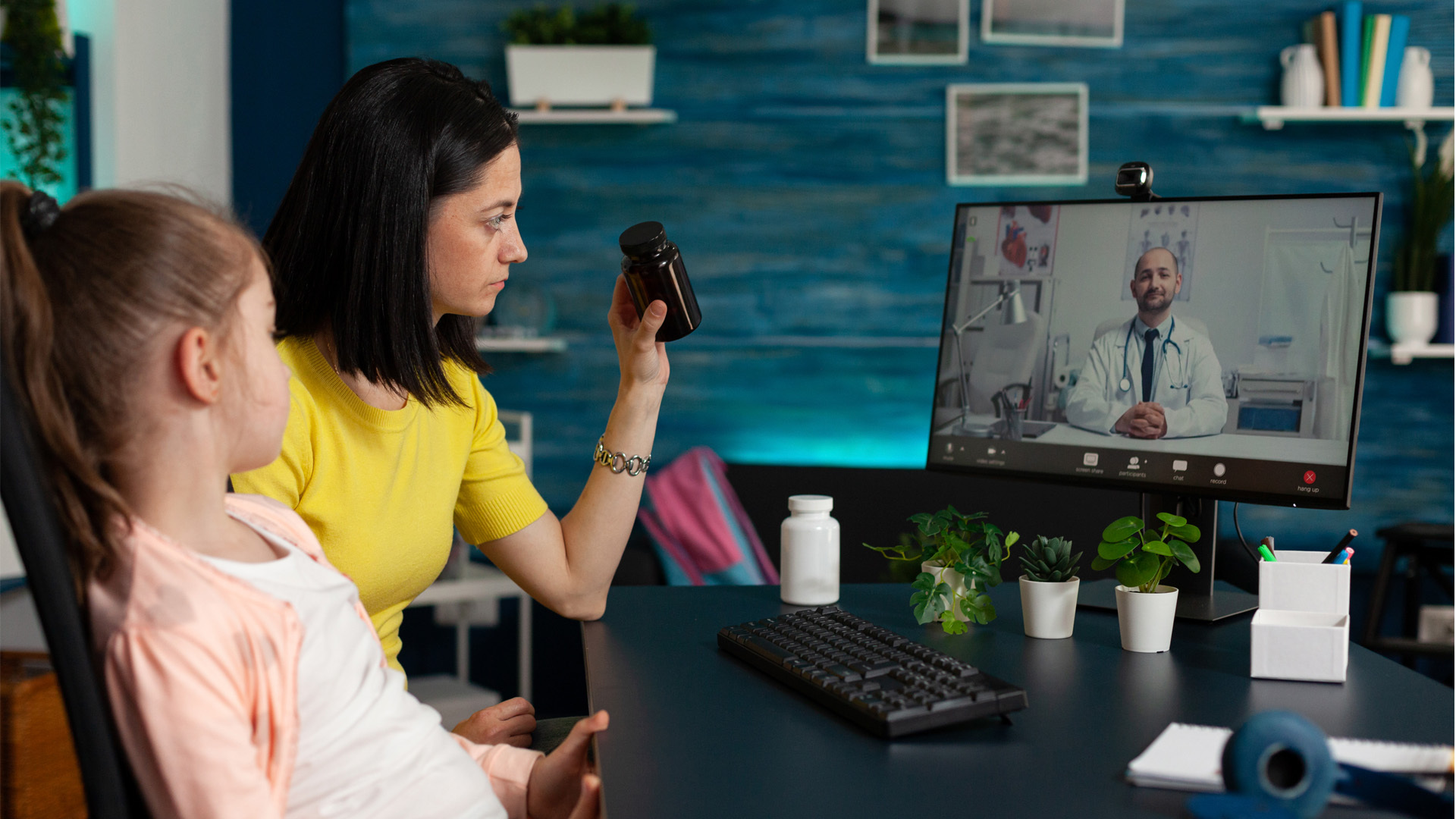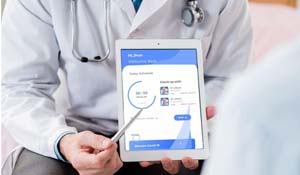3 Cost-Effective Strategies for Delivering an Exceptional Patient Experience
Achieving a balance between delivering an exceptional patient experience and managing budget constraints is an ongoing challenge in the healthcare...
4 min read
Kayleigh DeLaet
:
March 21, 2023

Since the emergence of Covid-19, Telehealth services have seen rapid expansion. The pandemic completely transformed the way medical services are delivered – and for the better.
Telehealth has been around since the late 1950s but wasn’t a widely used method to treat patients until the pandemic peaked in April 2020. When stay-at-home orders were issued and it was too risky for patients to leave their houses, physicians relied heavily on Telehealth solutions to provide care.
Quickly, it was discovered that Telehealth usage resulted in positive outcomes for both patients and providers; including expanded access to medical care, significant cost savings, and increased efficiency, to name a few.
While Telehealth usage has stabilized since Covid-19, it still accounts for 8% of outpatient visits as of 2021, compared to less than 1% before the pandemic. With its growing popularity, Telehealth usage will only become more prevalent over time, with the market expected to rise to over $397 billion by 2027.
Keep reading to learn more about Telehealth.
Telehealth, sometimes referred to as Telemedicine, is the delivery of online medical care to patients through telecommunications technologies. Using a smartphone, laptop, or tablet, patients can connect with their providers via video chat, audio calls, or messaging -- eliminating the need for in-office visits.
While patients still require in-person appointments for surgeries, medical emergencies, and some health conditions, Telehealth can solve various patient needs, from routine check-ups to chronic disease management.

It’s a common misconception that if patients receive medical treatment virtually, the quality of care will be compromised. However, this isn’t the case.
In a recent study by Mayo Clinic, 2,393 patients were examined for a medical issue via Telehealth. Patients were asked to visit an outpatient center for the same health concern within the next 90 days to see if their diagnoses matched. The findings revealed that the diagnostic accuracy between Telehealth visits and in-office visits was an impressive 86.9%.
This data is consistent with smaller studies and indicates that physicians can adequately assess patients online and come to the same diagnoses-- making a solid case for the effectiveness of Telehealth.


While healthcare technology is always evolving, there are a few Telehealth trends on the horizon.
Increased Mental Health Services
Nearly 58 million Americans suffer from mental illness, and the pandemic only exacerbated this by increasing feelings of loneliness, fear, and isolation. According to the World Health Organization (WHO), the global prevalence of anxiety and depression grew by 25% during the first year of the pandemic alone.
To combat the surge in mental illness, providers quickly sought to make counseling services available online, which greatly resonated with patients. In 2021, mental health and substance abuse cases constituted 39% of Telehealth visits. It’s believed this is likely due to the limited availability of therapists in a given area and difficulty scheduling appointments within office hours.
As instances of mental illness continue to rise, providers are meeting patients where they’re at and prioritizing the delivery of remote mental health services.
Focus on Chronic Disease Management
The CDC defines chronic diseases as conditions that last one year or longer and require ongoing medical attention. Chronic diseases are the leading cause of death and disability in the United States, with approximately six in ten adults having at least one chronic condition. Examples of chronic conditions include heart disease, cancer, and diabetes.
Living with a chronic health condition is no easy feat. It usually involves regular doctor visits and managing several medications. Hence, patients with chronic diseases usually demonstrate low adherence to follow-up visits and treatment plans, costing $100 billion in preventable medical costs each year.
Telehealth presents an attractive alternative to patients with chronic diseases. It allows them to connect to their physicians frequently from home, without the hassle of waiting room times and lengthy commutes -- increasing the likelihood of treatment compliance.
Development of Wearable Technology
Another notable trend in Telehealth is the shift toward preventative care through wearable technology. Wearable technology is any device that can be attached to or worn on a patient’s body. Such devices include fitness trackers, smart health watches, and wearable ECG monitors.
Wearable devices serve as an extension of Telehealth by monitoring patient vital signs and movements to provide a comprehensive picture of a patient’s health. They also aid patients in making healthy lifestyle choices by keeping them informed of their health status at all times.
Wearable technology enables providers to quickly detect the onset of medical conditions and make more accurate diagnoses while equipping patients with the tools they need to be proactive in managing their health.

Telehealth is revolutionizing healthcare by putting patients at the center of care. Offering increased accessibility and flexibility, it empowers patients to take control of their health and allows providers to be more efficient and cost-effective.
With growing investment in Telehealth and wider adoption rates among patients, Telehealth is quickly becoming an integral part of modern healthcare.

Achieving a balance between delivering an exceptional patient experience and managing budget constraints is an ongoing challenge in the healthcare...

Do you want your patients to have the best experience possible at your unique healthcare facility or hospital space? Choose interactive patient TV...

A patient care coordinator works diligently to ensure patients receive the best possible care throughout their healthcare experience. Care...